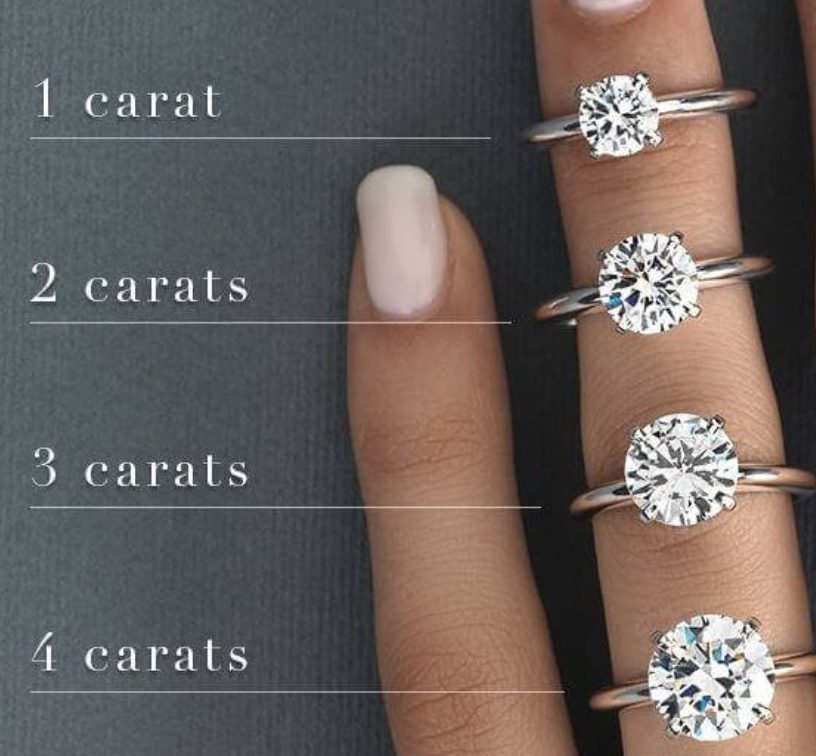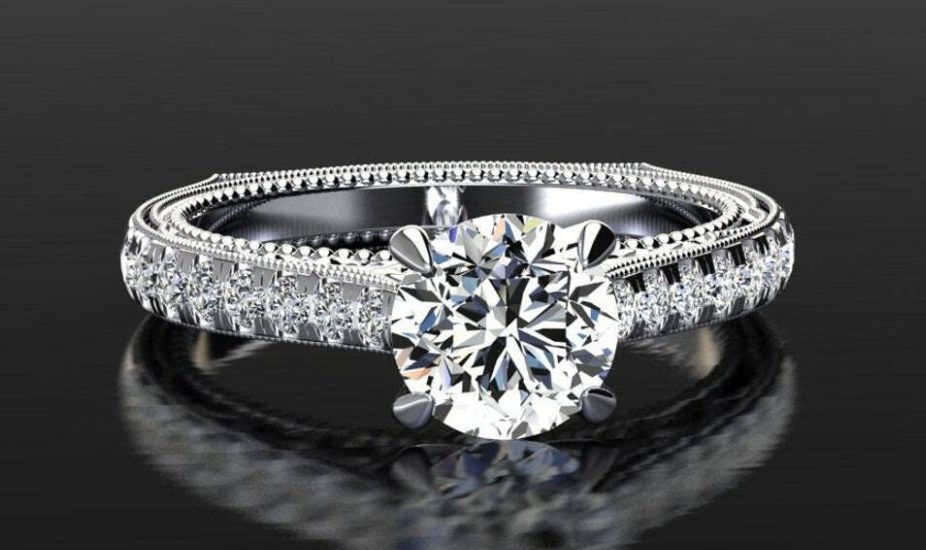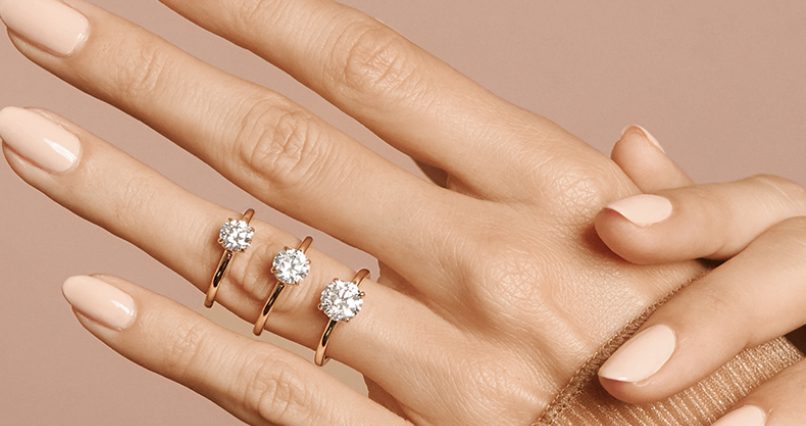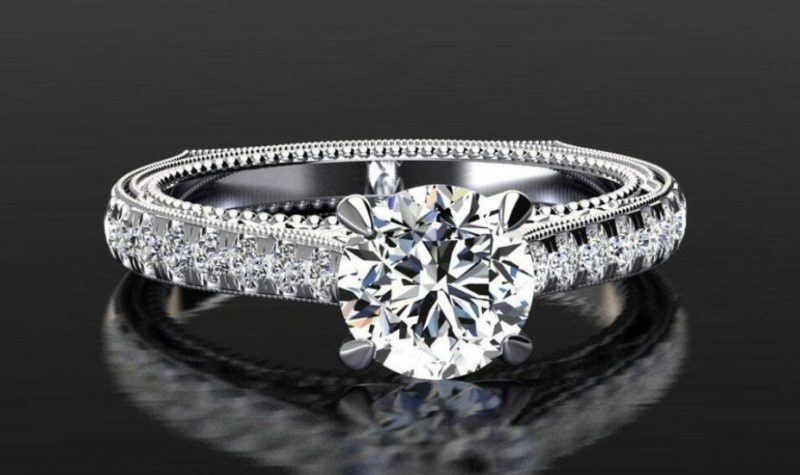Have you ever wondered about the price tag attached to a 3-carat diamond?
Perhaps you’re considering popping the question with a ring that boasts this impressive gemstone, or you’re simply curious about its value. Whatever the reason, understanding the factors that influence the price of a 3-carat diamond can provide valuable insight into this sparkling world of luxury.
Let’s embark on a journey to unravel the mysteries behind the price of a 3-carat diamond and explore what makes it so special.
Also read: BRICS Countries Preparing Major Announcements At 2024 Summit


Deciphering Diamond Pricing: What Determines the Cost?
When it comes to pricing a 3-carat diamond, several key factors come into play. The four Cs—cut, color, clarity, and carat weight—play a significant role in determining a diamond’s value.
The cut refers to the diamond’s proportions and how well it reflects light, while color grades range from D (colorless) to Z (light yellow).
Clarity grades assess the presence of internal and external flaws within the diamond, and carat weight measures the size of the stone.
Additionally, factors such as the diamond’s shape, fluorescence (how it reacts to UV light), and whether it’s a natural or lab-grown diamond can also influence its price.
Also read: BRICS Countries Preparing Major Announcements At 2024 Summit


Understanding the Impact of Cut, Color, and Clarity
The cut, color, and clarity of a 3-carat diamond can significantly affect its price. Diamonds with higher cut grades, such as an ideal cut, are more valuable due to their superior sparkle and brilliance.
Similarly, diamonds with higher color grades (e.g., D, E, F) are rarer and command higher prices. Clarity grades also play a crucial role, with flawless diamonds commanding top dollar.
However, it’s important to strike a balance between these factors to find the perfect 3-carat diamond that fits both your budget and preferences.
Exploring Your Options: Natural vs. Lab-Grown Diamonds
In recent years, lab-grown diamonds have emerged as a popular alternative to natural diamonds.
While natural diamonds are formed deep within the earth over millions of years, lab-grown diamonds are created in a controlled environment using advanced technology. One of the key advantages of lab-grown diamonds is their typically lower price compared to natural diamonds of similar quality.
By opting for a lab-grown diamond, you can enjoy the beauty and brilliance of a 3-carat stone at a more affordable price point.


Conclusion
In conclusion, the price of a 3-carat diamond can vary widely depending on a multitude of factors, including cut, color, clarity, and whether it’s a natural or lab-grown stone.
By understanding these factors and how they influence diamond pricing, you can make an informed decision when selecting the perfect 3-carat diamond for your needs.
Whether you’re searching for an exquisite engagement ring or a stunning piece of jewelry to celebrate a special occasion, a 3-carat diamond is sure to dazzle and delight for years to come.





